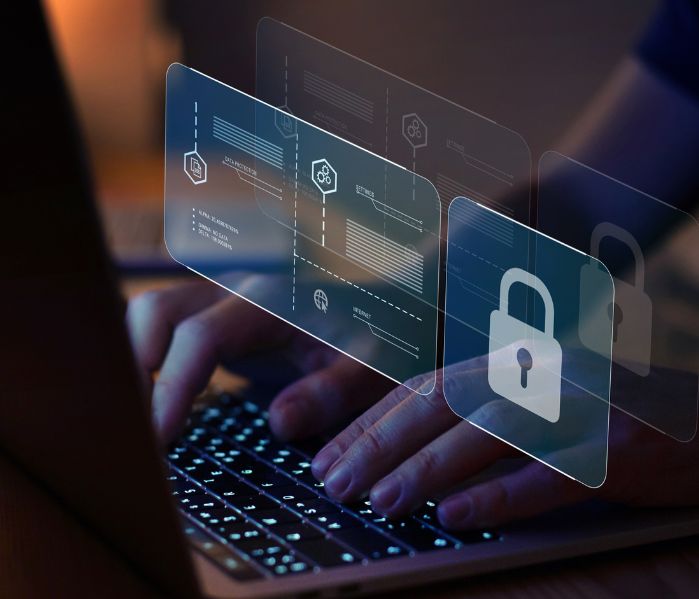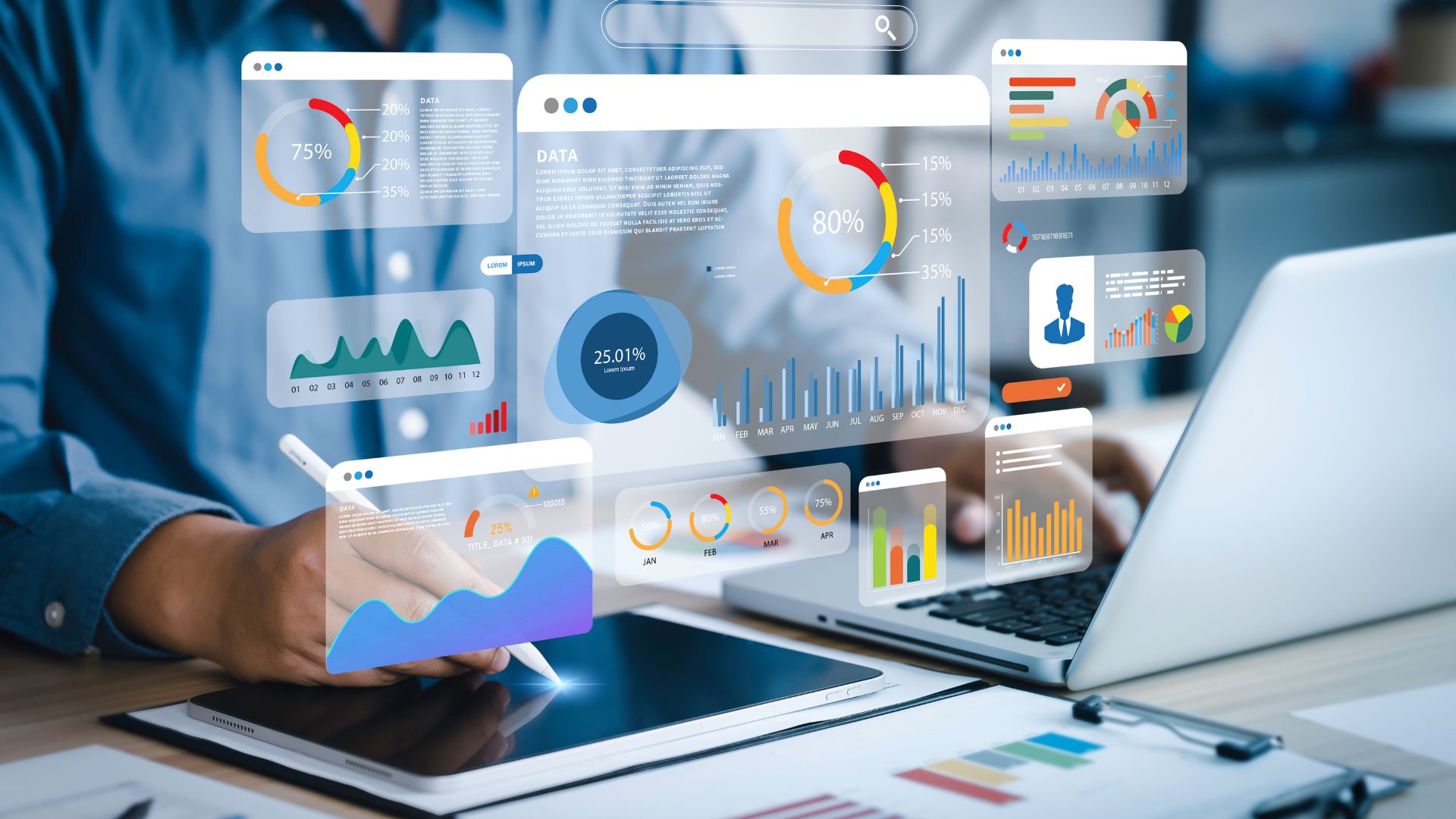Cyber threats are ever-evolving, challenging organizations to fortify their defenses. Essential systems like ERP and CRM are targets for cyberattacks, with breaches potentially leading to significant financial and operational damage. Sophisticated phishing and malware attacks, constantly seek to breach defenses, endangering vital financial and confidential data. Concurrently, insider threats, whether from negligent or malicious actors, present a unique risk due to their existing system access, making it essential for organizations to adopt a vigilant, comprehensive approach to cybersecurity.
The Biggest Gap in Your Cyber Security Solution
Discover the primary yet overlooked source of cyber breaches and the challenges in implementing a comprehensive solution
Cyber Security Solution for SAP Data
Learn how to manage data access and usage to minimize risk of data breach and improve cyber security
SAP - Share Data Securely Across Your Entire Extended Enterprise
Explore the use pf digital rights management to protect any file type
Challenges

Vulnerable Business Systems
Ensuring the security of key business systems, such as ERP, CRM and transaction processing systems, stands as the foremost challenge for enterprises. A breach in these systems, which store and process vast amounts of sensitive data, can be catastrophic, leading to severe financial losses and operational disruptions. Furthermore, the implementation of ERP systems has significantly expanded the attack surface for organizations, presenting more points of vulnerability for cyberattacks.
External Intrusion
External threats, including phishing, stolen credentials, and malware attacks, can cause intrusions into organizational systems, where actors access, manipulate, or even delete sensitive information such as financial records and confidential files. Intruders can also exploit this access to deploy ransomware, encrypting data and demanding payment for its release—a tactic that leads to financial losses averaging $4.54 million per incident.


Insider Threats
Many security solutions are designed to safeguard the network perimeter and detect external attacks, yet insiders operate from within, slipping past security measures without a trace. Negligent insiders can accidentally leak data such as sending documents to the wrong recipient, and the trend of employing more contracted labor also means that workers might not always receive the same level of security training and oversight as permanent staff. Meanwhile, malicious insiders, especially those with privileged access credentials, can establish backdoors and cause massive data breaches.
Best Practices for a Proactive Data Security Approach
To safeguard key business systems and data from external intrusions and insider threats, organizations need to implement practices that align with NIST’s Cybersecurity Framework (CSF 2.0): Identify, Protect, Detect, Respond, Recover and Govern.
- Distributed Policy Platform
Given the expanded attack surface presented by ERP systems, it is crucial to implement a distributed policy engine based on the zero trust principle. This involves a shift from traditional perimeter-based security models to an approach where trust is never assumed and is continuously verified. By consistently applying strict access controls and verification protocols across all environments, including cloud and on-premises systems, the risk of unauthorized access and breaches is significantly minimized.
- Data-Centric Security Enforcement
Data-centric security enforcement implements stringent controls to limit what both users can do within the system. This involves utilizing Attribute-Based Access Control (ABAC), where access is not granted strictly based on just role and identity, but context and attributes. By focusing on protecting the data itself, rather than just the perimeter, organizations can prevent negligent or malicious insiders from accessing sensitive information or establishing backdoors.
- Centralized Monitoring & Logging
Centralized monitoring is pivotal for identifying anomalies, suspicious activities, and unauthorized access, especially in complex ERP environments where multiple data access activities occur simultaneously in real time. Logging utilizes SOAR (security, orchestration, automation and response) technology to automatically and pre-emptively alert risky behavior and attack patterns.
- Automate & Prevent
Organizations should harness automation to extend past the traditional “Detect” and “Respond” framework, to move beyond manual security controls and proactively prevent breaches before they happen. Particularly in cases of ransomware and leakage of business-critical data, it is far more effective to prevent an attack than to react after the damage has been done, as the consequences of such attacks can be devastating and often irreversible.
NextLabs Solution
CloudAz Dynamic Authorization Policy Engine
When a user requests access to such information, the engine evaluates security policies and real-time attributes to determine authorization. It can process thousands of authorization requests from anywhere in the world in real-time, countering the increased attack surfaces associated with ERP. This enables organizations to automate and prevent breaches happening in key business systems.
Application Enforcer
Application Enforcer augments an application’s underlying security model, working with the policy engine to enforce zero trust policies for the application. This prevents unauthorized access by insiders who might otherwise exploit their position to bypass traditional perimeter-based defenses.

Application Enforcer
Application Enforcer augments an application’s underlying security model, working with the policy engine to enforce zero trust policies for the application. This prevents unauthorized access by insiders who might otherwise exploit their position to bypass traditional perimeter-based defenses.
Data Access Enforcer (DAE)
DAE (Data Access Enforcer) segregates data based on policies, determining who can access what specific data, as well as when and where they can do so. This system guarantees that users can only access the data they are authorized to see, fulfilling the principle of Least Privilege Access. It is especially vital for protecting sensitive data within business systems like ERP and CRM.
SkyDRM Digital Rights Management
SkyDRM safeguards unstructured data wherever it lives or travels – across devices, data centers, apps, cloud services, and on-premises. By controlling how data is accessed and used after it leaves the source, SkyDRM ensures that even if data is intercepted during transfer, it is safeguarded from unauthorized access and leakage.
CloudAz Report Server
CloudAz centrally logs all data access activities and alerts on any anomalous activity, providing SOAR capabilities in real-time. By continuously monitoring data access patterns anywhere and everywhere, CloudAz can equip organizations to address unusual activities that might be signs of insider threats that would otherwise go unnoticed.

CloudAz Report Server
CloudAz centrally logs all data access activities and alerts on any anomalous activity, providing SOAR capabilities in real-time. By continuously monitoring data access patterns anywhere and everywhere, CloudAz can equip organizations to address unusual activities that might be signs of insider threats that would otherwise go unnoticed.






